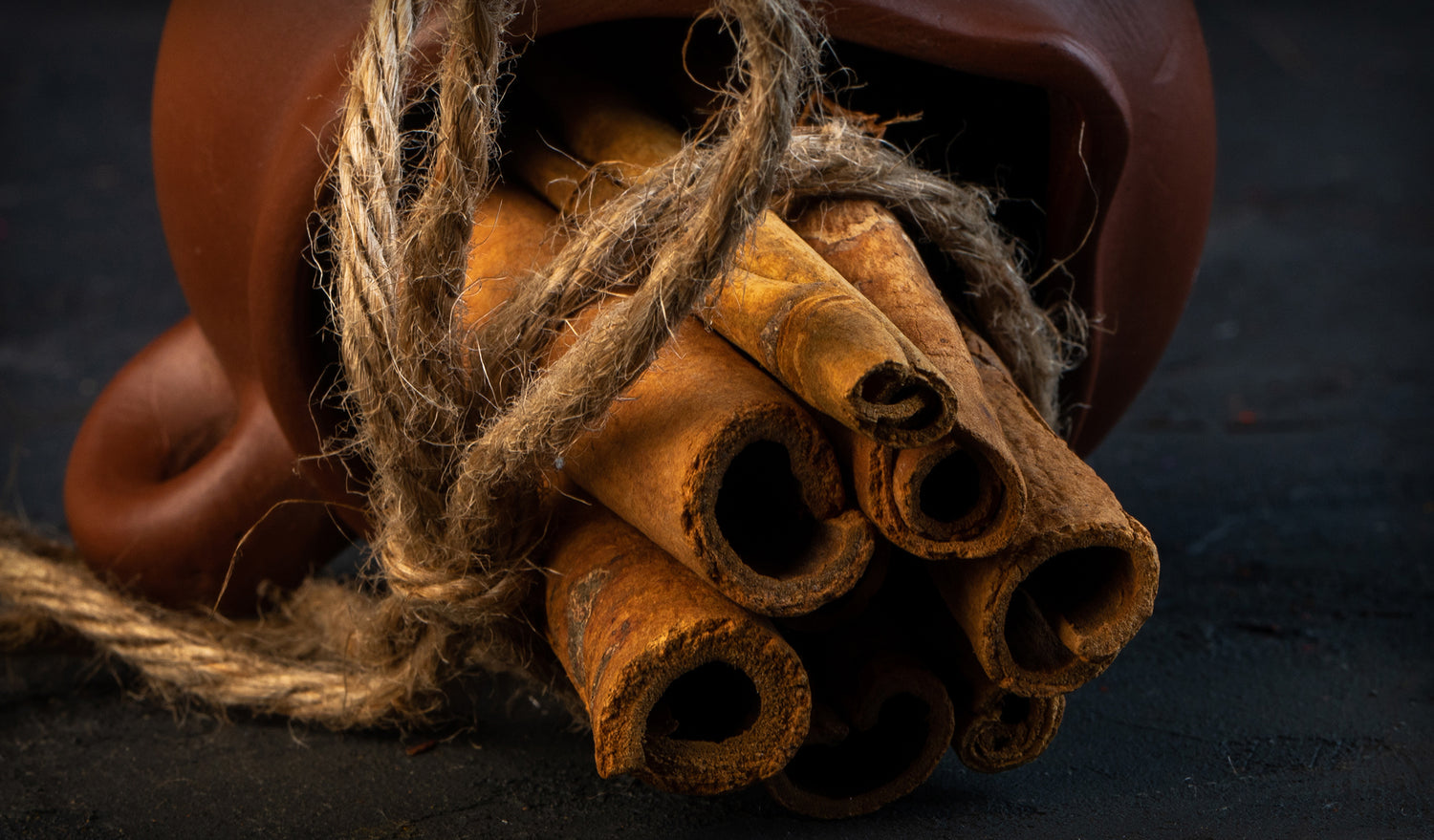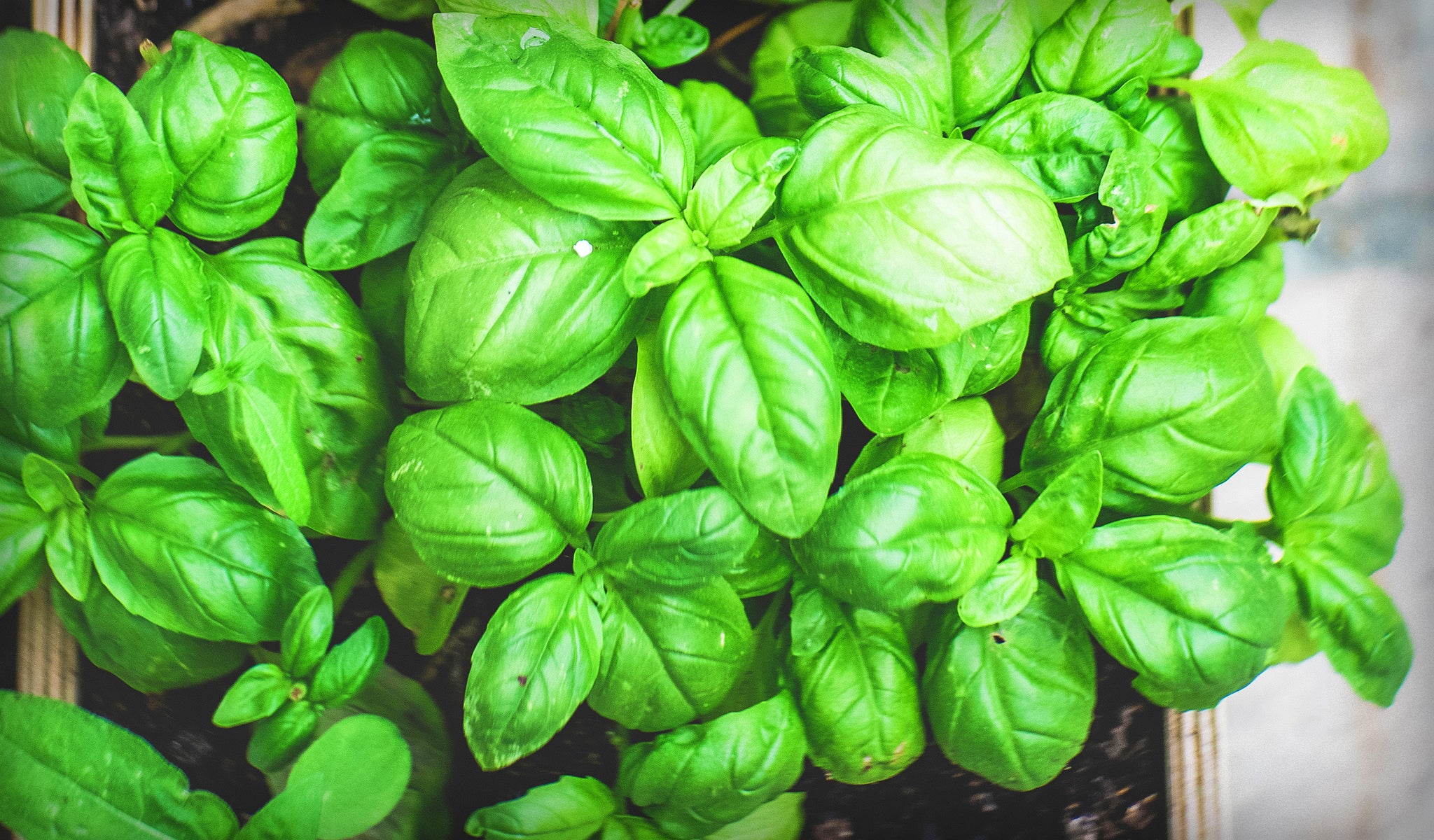CINFULLY TASTY
Cinnamon comes from the inner bark of evergreen trees native to Sri Lanka, Southwest India, and Asia. After it is peeled away from the tree, this brown bark curls up into tubes, called “quills”, as it dries. In addition to its use as a spice, cinnamon or its oil is used as a flavoring agent in pharmaceutical, personal health, and cosmetic products. Cinnamon is also often used in incense. Cinnamon is available either as cinnamon sticks (in its whole quill form) or as ground up powder.
Cinnamomun verum, Cinnamomum zeylanicum (Ceylon cinnamon), and Cinnamomum aromaticum (Cassia cinnamon) are the most popular of the more than 200 varieties of cinnamon. While both are relatively similar in characteristics, featuring an aromatic, sweet, and warm in nature, the flavor of the Ceylon variety is more refined and subtle. In North America, Cassia is more popular, probably due to its cheaper price, whereas Ceylon cinnamon is less commonly found and used.
HISTORY
Cinnamon is one of the oldest spices known. It was used in ancient Egypt not only as a beverage flavoring and medicinal herb, but also as an embalming agent. At one point in ancient history, cinnamon was so highly treasured that it was even considered more precious than gold. Cinnamon also received much attention in ancient China, which is reflected when it's mentioned in one of the earliest books on Chinese botanical medicine, a reference that dates to around 2700 B.C.E. Cinnamon is also mentioned in the Bible, and reportedly, Nero, and emperor of Rome in the first century A.D., burned a year's supply of cinnamon on his wife’s funeral pyre to signify the depths of his loss.
As the popularity of cinnamon continued to flourish, it became one of the most utilized spices in medieval Europe. During the middle ages, most meals were prepared in a single cauldron; casseroles containing both meat and fruit were common and cinnamon helped bridge the flavors. Mince pie is a traditional food from this period that still survives today. Due to its great demand during the late Middle Ages, cinnamon became one of the first commodities traded regularly between Europe and the East. The demand for cinnamon was enough to launch a number of explorer enterprises, especially explorations by the Dutch and Portuguese.
In modern times, Cassia is mainly produced in China, Vietnam, and Indonesia, while Ceylon cinnamon is produced in Sri Lanka, India, Madagascar, Brazil, and the Caribbean.
HEALTH BENEFITS
Cinnamon has a long history of use in both eastern and western cultures as a medicine. Some of it’s reported uses are in cases of arthritis, asthma, cancer, diarrhea, fever, heart problems, insomnia, menstrual problems, peptic ulcers, cirrhosis, and spastic muscles. There are scientific studies to support some of these uses. Some of the confirmed effects of cinnamon are as a sedative for smooth muscle, circulatory stimulant, carminative, digestant, anti-convulsant, diaphoretic, diuretic, antibiotic, and anti-ulcerative. One recent investigation of 60 people with type two diabetes demonstrated that 1-6 g of cinnamon taken daily for 40 days reduced fasting blood glucose by 18-29 percent, triglycerides by 23-30 percent, LDL cholesterol by 7-27 percent, and total cholesterol by 12-26 percent. In contrast, there were no clear changes for the subjects who did not take the cinnamon.
Cinnamon's unique healing abilities come from three basic components in the essential oils found in its bark. These oils contain active components called cinnamaldehyde, cinnamyl acetate, and cinnamyl alcohol, plus a wide range of other volatile substances.
Cinnamon is often used in multi component Chinese herbal formulas, some of which have been studied for clinical effects. For example, cinnamon combined with Chinese thorough-wax (Bupleurum falcatum) and Chinese peony (Paeonia lactiflora) was shown to produce satisfactory results in the treatment of epilepsy. Out of 433 patients treated (most of whom were unresponsive to anti-convulsant drugs), 115 were cured and another 79 improved greatly. Improvements were noted not only by clinical symptoms, but also by improvements in brainwave patterns. Other clinical studies have shown cinnamon containing formulas to be useful in cases of the common cold, influenza, and frostbite. However, it is not really known to what degree the improvement noted were actually due to the cinnamon versus the other components.
SELECTION & STORAGE
Cinnamon is available in either stick or powder form, most recipes call for the ground powder. You can grind cinnamon sticks into powder on your own at home if you have a spice grinder; otherwise it is quite difficult. Just as with other dried spices, choose organically grown cinnamon when possible, since organically grown spices are much less likely to have been irradiated. Remember, if you want a sweeter, more refined taste, use the Ceylon variety. Fortunately it is becoming more widely available.
Ground cinnamon as well as sticks should be kept in a tightly sealed glass container in a cool, dark, and dry place. Ground cinnamon will keep for about six months, well cinnamon sticks may stay fresh for as long as one year. The best judge of freshness is your nose.
TIPS FOR USE
Cinnamon is vital to Indian, Moroccan, Indonesian, Middle Eastern, Greek, Chinese, and other cuisines. It is an extremely versatile spice that complements a wide range of foods and other spices. Cinnamon works well with poultry, in curry, and with fruit, particularly apples and pears.
QUICK IDEAS
- Here is a great tea to have when you feel a cold coming on. You will need one 1 inch slice of fresh ginger, 1/4 teaspoon cinnamon, and 1/4 of a lemon and one cup hot water.
- When poaching chicken or fish, add two cinnamon sticks to the poaching liquid.
- Adding a half a teaspoon ground cinnamon to black beans to be used in burritos or nachos will give them a uniquely delicious taste.
- When we have any kind of steak for breakfast I like to melt butter and cinnamon in the pan and then browned the meat in the mixture I then also cook the eggs in the same butter-cinnamon drippings left in the pan.
RESOURCES
- The Encyclopedia of Healing Foods by Michael Murray, ND



